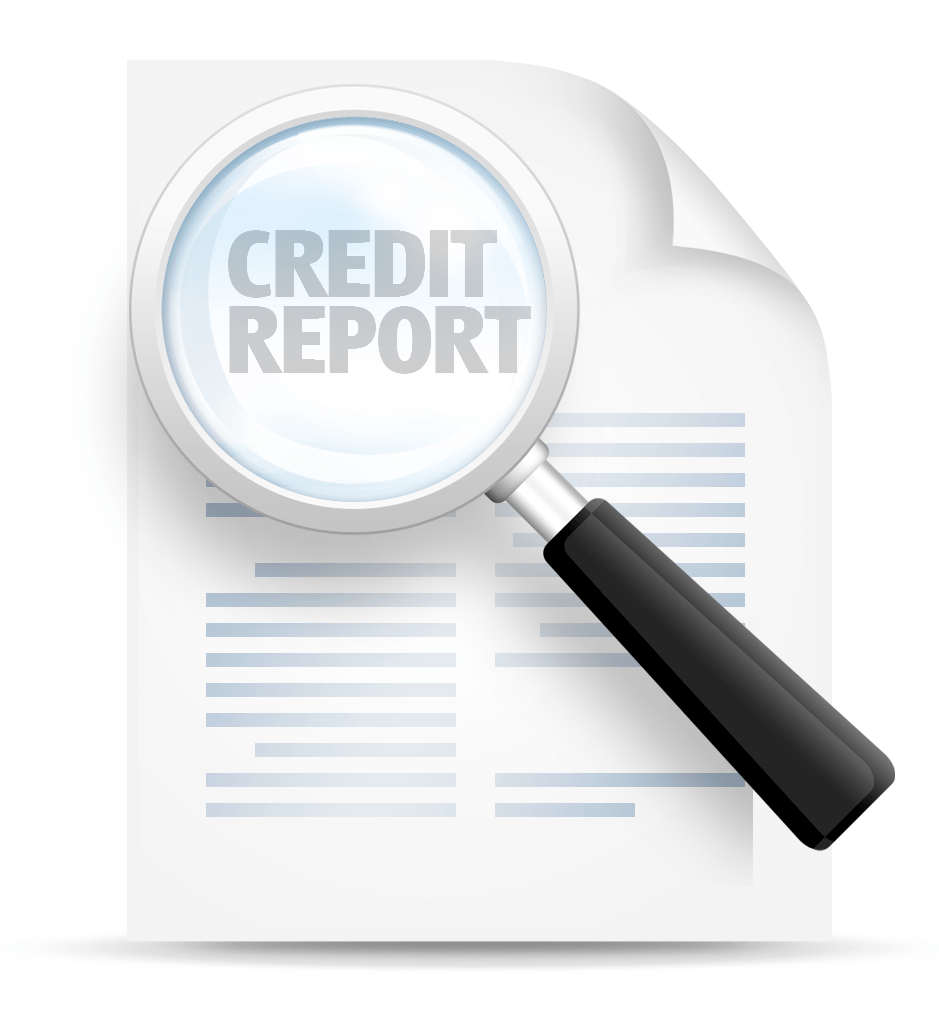If you want to be creditworthy and stay that way, you need to monitor your credit history. To simplify the process here is important info on how to read your credit report.
You should monitor credit reports twice a year, for best results. This will help minimize errors and fraudulent activities. You may obtain reports from Transunion, Experian, and Equifax. These are the three major reporting agencies, and they will give you a good idea of overall creditworthiness.
Remember these reports may not all be the same so you’ll need to read them carefully. However, you should be familiar with specific terms to understand better the information in the reports. These are some terms you need to be familiar with:
* Creditor – the company you got the loan or credit card with.
* Account numbers – you may not be able to see complete account numbers on the reports. In fact, many may show just the last four digits. This is an important security feature which helps to keep personal information from being intercepted.
* Reported – the date the bureau received the info from the creditor.
* Last active – this date reflects the last time you made any payments or purchases on the account. This is usually the same as the “reported” date. However, it will also show when you closed an account and if it was reactivated.
* Opened – the date you opened up the account or took out the loan.
* Limit/highest credit – limit is the total amount a loan cannot exceed without penalties. Highest credit denotes the most you owed at one time.
* Past due amount – this shows if you currently are behind in payments, and by how much.
* Payment/Terms amount – tells what your monthly payments are and the length of the loan. For example, you might have a car loan payment of $350 for 5 years.
* No. Of months revolving – reports how long since you first opened the account. Also, denotes late payments and how late they were made (30, 60, 90 days).
At the end of the report, you may see important info like bankruptcies, liens, and foreclosures. It may also mention how many times reports were requested by you and if you have aliases.
Your credit report should also include creditor and reporting agency contact info at the end of the document. If you notice any errors, you have a right to contact the agency to have them corrected and to dispute inaccurate information.

